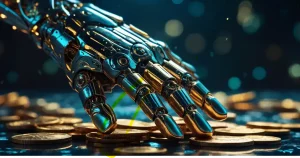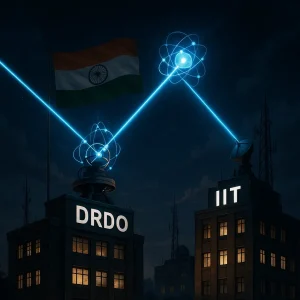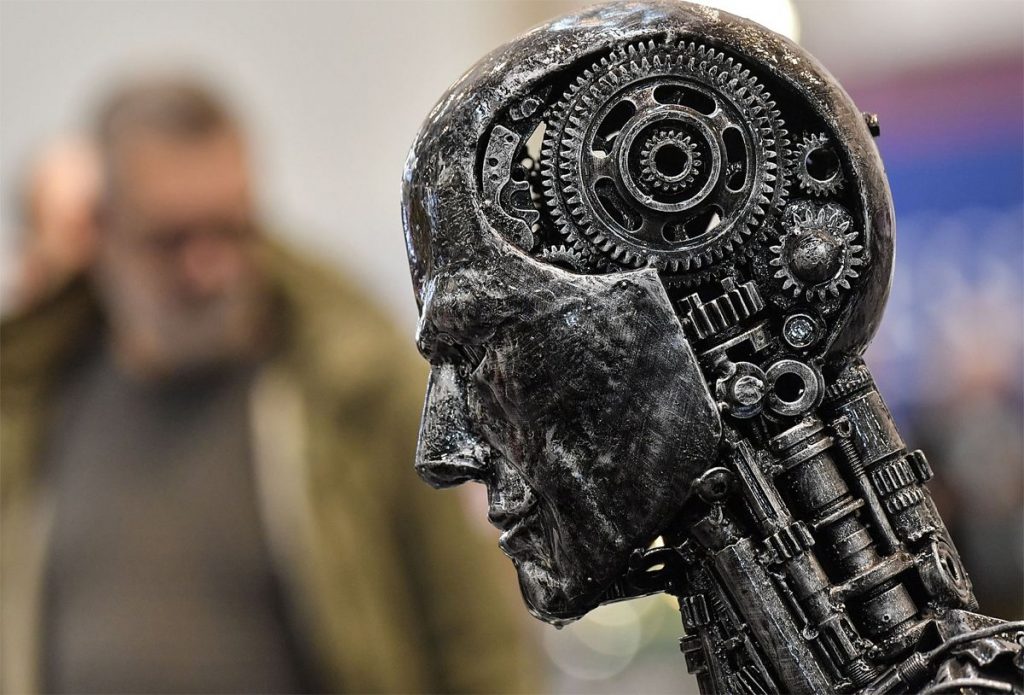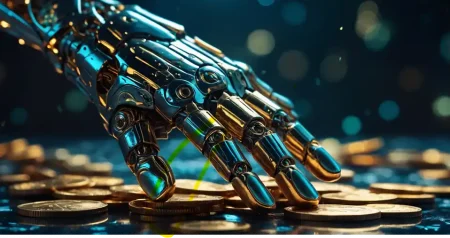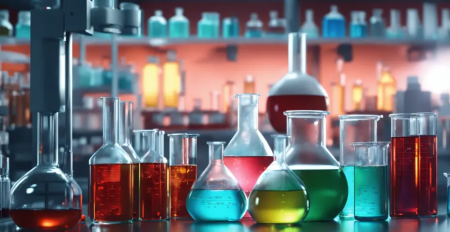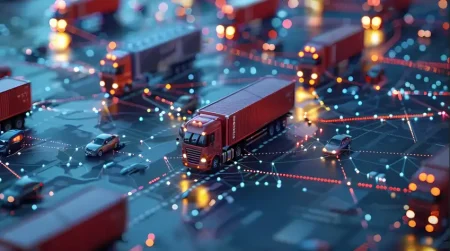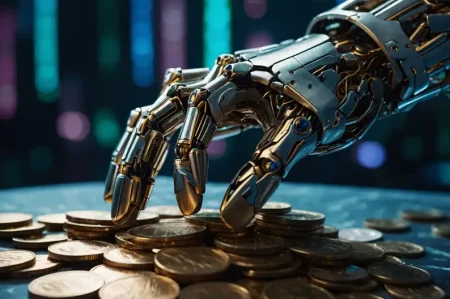Satyen K. Bordoloi weighs in on the disparity between the perception of and the potential inherent in Artificial Intelligence
The 1991 film ‘Terminator: Judgement Day’ opens with the foot of a sentient machine crushing a human skull. ‘The Terminator’ seven years earlier had begun similarly. These films, along with HAL-9000 of ‘2001: A Space Odyssey’ before and the ‘Machines’ from The Matrix after, have dominated our imagination about Artificial Intelligence. These films concealed a fear in us of a potential human extermination when AI finally ‘arrives’.
Nonetheless, it has been over a decade since AI not only ‘arrived’ but became fused with our daily lives. The AI of today suggests YouTube, Netflix, and Facebook content, buys stocks, helps lawyers, drives cars, trains and planes, detects ailments, discovers new drugs, solves protein folding and fulfils a complex multitude of tasks heretofore unconceivable.
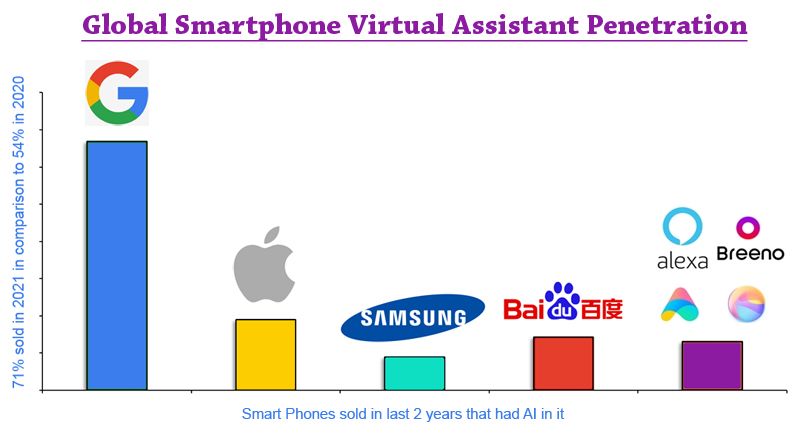
Strategy Analytics found in a study that up to 71% of smartphones sold globally in 2021 had AI in it used for power optimization, imaging, virtual assistants, and improving device performance. This is an increase from 54% the previous year.
So, is there any merit to our fears of AI or is it a case of us being afraid of what we don’t understand? The answer, as often in reality, is complicated.
Thanks to mass media’s portrayal, we look at AI as a sort of artificial brain without a body inside a computer. That isn’t true. The physical bits of most AI today, aren’t too different than your average computer. What is different is how it goes about its calculations.
How Normal Computing works
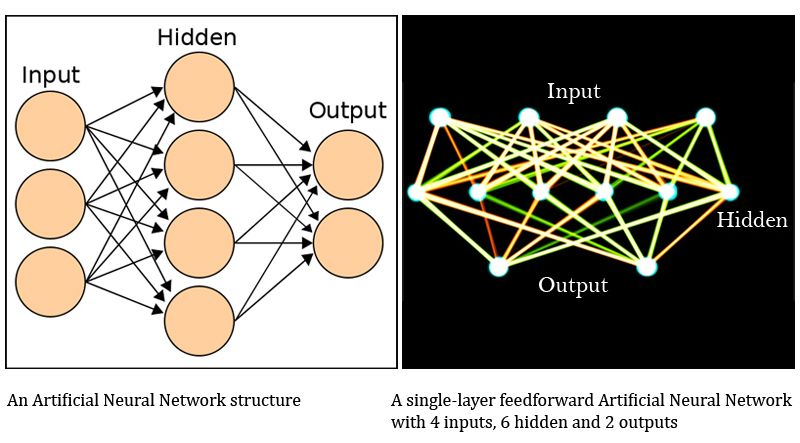
Normal computing is a vertical array of seven basic logical gates: AND, OR, XOR, NOT, NAND, NOR, and XNOR. Artificial Neural Network (ANN) that makes AI, on the other hand, is a horizontal mesh of dozens, hundreds, thousands, or even millions of nodes which both accept and transmit information based upon the need and ‘weight’ as programmed into the system.
How AI works
To explain it crudely: AI is your old computer’s unidirectional connections spruced up with social media internetwork where every other node and its connections are designed to be connected to many more: more connections each node has the better the entire system would be. That is the reason why the most popular image used to represent AI is a network of points/nodes connected to each other, superimposed over the image of a human brain.
That’s it. There is no magic to how AI operates. The magic happens in what this rudimentary copy of a basic function of dendrites and axons in the human brain is capable of. Yet, this is nowhere close to the abilities of the biological human brain. At least not yet.
The Brain vs. Super Computers
The world’s fastest supercomputer, the Tiahne-2 in Guangzhou, China – can at best process 54.902 petaFLOPS, a quadrillion or one thousand trillion calculations per second. That’s a lot. Yet it doesn’t even begin to compare with the human mind. It’s impossible to calculate exactly, but the postulation is that our brains operate at 1 exaFLOP i.e., one billion billion calculations per second. And that’s not it. The connections in our brains are unlike those in a computer: they are alive with each node having a proverbial mind of its own. And let’s not forget the energy they consume – just 20 watts, less than a bulb.
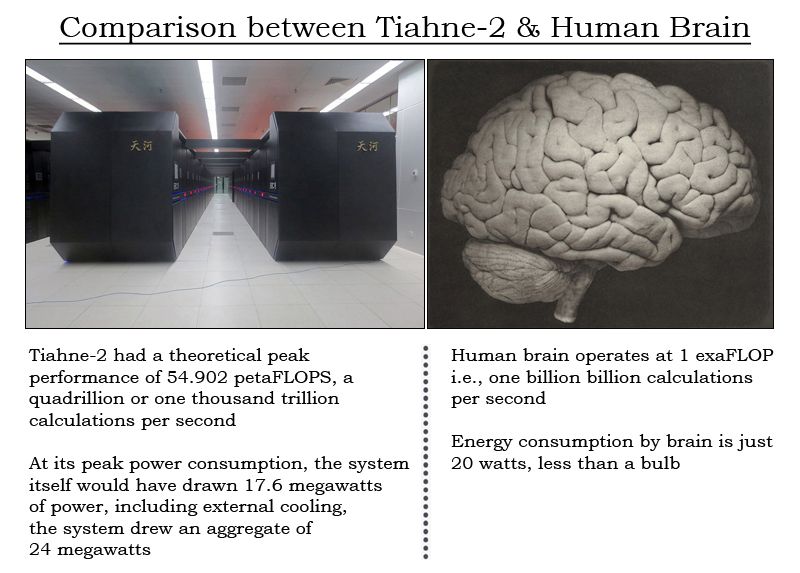
Thus, even if we match the billion billion calculations per second mark – which thanks to Quantum computing is within our horizon – or somehow manage to do it in less power than a bulb, we still have a key piece of the jigsaw missing: life itself.
A copy of the human brain
That doesn’t mean we aren’t trying. The TrueNorth chip by IBM is inspired by the brain’s structure and is an “efficient, scalable, and flexible non-von Neumann architecture that leverages contemporary silicon technology.” It is a “5.4-billion-transistor chip with 4096 neurosynaptic cores interconnected via an intrachip network that integrates 1 million programmable spiking neurons and 256 million configurable synapses.”
Then there is the Human Brain Project launched in 2013, which has acquired billions of euros in funding to reach the processing power of the human brain.
How AI in Cinema compares with Reality
The AI in ‘2001: A Space Odyssey’ – HAL 9000, is already a reality. HAL, like most AI today is an enterprise AI which is located in the cloud or in an internetworked system rather than on a single device. HAL 9000 is thus the first enterprise AI in cinema.
The AI in Matrix enslaves humans to use us as batteries. If we really had AI become that intelligent and sentient, we can be sure they’d figure out better ways to generate power than spending a lot of energy to generate a little.
The T-800 terminator-type machines are the most fascinating of all cinematic AIs. It is, in essence, a highly advanced robot with artificial consciousness operating with the best of cognitive computing functionalities that makes it indistinguishable from a living being.
Artificial Consciousness
This brings us to our real fear with Artificial intelligence: Artificial Consciousness – AC. Machines have been thinking for us for decades. What they haven’t done: is think on their own for themselves. What T-800 and the Matrix machines have but HAL didn’t, is Artificial Consciousness. Though the Architect AI in ‘Matrix: Reloaded’ is disparaging of human emotions, almost all its machines display it: from the Oracle to Agent Smith who reveals in his disgusts at the human condition.
Thus, the problem with developing sentient machines is the problem of developing Artificial Consciousness. Sadly, despite being the oldest philosophical problem (anytime anyone asks, ‘Who am I?’ they are essentially thinking of consciousness), we still don’t’ know what consciousness is. We don’t even have a grading system for its types e.g., a tree and a dog both have consciousness. Ours allows us to do what we do, so does theirs. Yet we know nothing of how it forms, or if it comes from somewhere outside.
How AI harms
Yet, it is not entirely unrealistic to assume that AI is not already harming us. AI inside army drones and machines threatens to literally turn the first scenes of Terminator films into a reality. Yet the worst possible harm of AI right now is in the way companies are using enterprise AI.
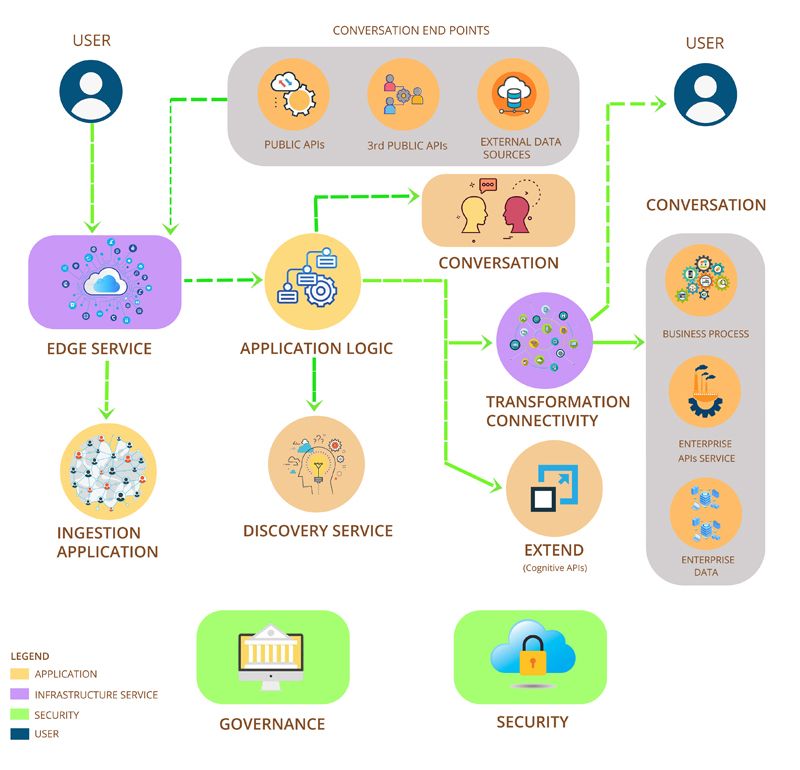
Frances Haugen – a Facebook whistle-blower – accused the company of using AI algorithms to deliberately push hateful content, fake news, and disinformation in the pursuit of profit. That is a clear and present danger for not just human life, but all life on earth.
In the last decade as the complexity of AI applications has increased, the simplicity of their depiction in commercial cinema has given way to a nuanced treatment. Hence, the skull-breaking AI of the latest Terminator film wasn’t as well-received as the heart-breaking AI of ‘Her’. This is a change that bodes well, both for cinema and AI.
In case you missed:
- What are Text-to-Video Models in AI and How They are Changing the World
- Copy Of A Copy: Content Generated By AI, Threat To AI Itself
- Anthropomorphisation of AI: Why Can’t We Stop Believing AI Will End the World?
- How Lionsgate-Runway Deal Will Transform Both Cinema & AI
- OpenAI’s Secret Project Strawberry Points to Last AI Hurdle: Reasoning
- One Year of No-camera Filmmaking: How AI Rewrote Rules of Cinema Forever
- Hey Marvel, Just Admit You’re Using AI – We All Are!
- The Path to AGI is Through AMIs Connected by APIs
- Project Stargate: Dubious Origins in the 1970s to AI Goldrush in 2025
- Prizes for Research Using AI: Blasphemy or Nobel Academy’s Genius

